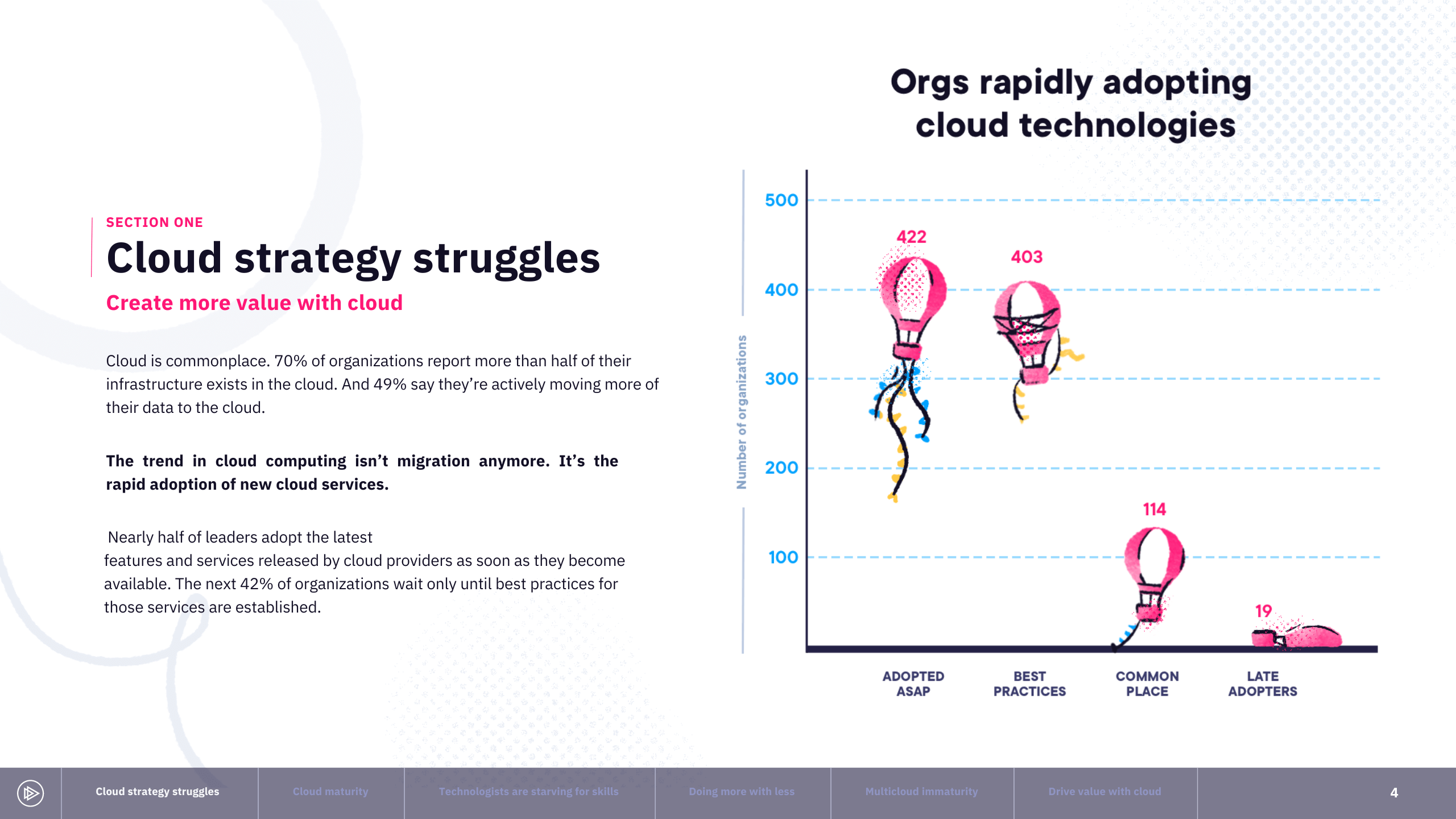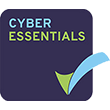In the fast-paced world of business, effective IT management is a cornerstone for success. As companies strive to balance efficiency and security, the integration of Hybrid Cloud and On-Premises IT management becomes paramount.
Introduction
Navigating the complexities of IT management can be challenging, especially with the rise of innovative solutions. Offshore managed IT service providers offer a compelling avenue for businesses seeking a harmonious blend of Hybrid Cloud and On-Premises IT solutions.
Understanding Hybrid Cloud
1. Defining Hybrid Cloud
Hybrid Cloud integrates on-premises infrastructure with cloud-based services, providing a flexible and scalable IT environment. This dynamic approach allows businesses to optimize performance while adapting to changing demands.
2. Advantages of Adopting a Hybrid Cloud Model
The flexibility of Hybrid Cloud empowers businesses to scale resources based on their needs. Cost-effectiveness, agility, and improved disaster recovery capabilities are among the many benefits that companies can leverage.
On-Premises IT Management
While Hybrid Cloud offers a versatile solution, On-Premises IT management has its merits. Understanding the strengths and weaknesses of managing IT on-site is crucial for making informed decisions.
Benefits of Offshore Managed IT Services
On-Premises IT solutions provide control and customization but may pose challenges in scalability and resource allocation. Balancing these factors is essential for optimizing on-site IT infrastructure. Offshore Managed IT Services offer a strategic alternative, addressing the evolving needs of modern businesses.
1. Cost-Effectiveness
Outsourcing IT services to offshore providers often proves cost-effective, freeing up resources for other critical aspects of the business.
A 2023 Flexera report found that 65% of businesses reported cost savings as a primary benefit of cloud adoption. These savings come from reduced upfront hardware costs, pay-as-you-go models, and improved resource utilization.
2. Access to Specialized Skills
Offshore providers bring a wealth of expertise, ensuring access to specialized skills that might be challenging to find locally.
A 2022 Microsoft study found that 72% of businesses believe cloud computing helps them accelerate innovation. Cloud platforms provide access to cutting-edge technologies like artificial intelligence and machine learning, empowering businesses to develop new solutions and processes.
3. 24/7 Support and Monitoring
The round-the-clock support and monitoring provided by offshore managed IT services contribute to the seamless functioning of a company’s IT infrastructure.
A 2022 VMWare report found that 84% of businesses using cloud infrastructure experienced increased employee productivity. Cloud-based applications and tools are often accessible from anywhere, enabling remote work and streamlining collaboration.

Source: Pluralsight
Challenges in On-Premises IT Management
Despite its advantages, On-Premises IT management presents challenges that businesses must address.
1. Security Concerns
On-site IT management raises security concerns, requiring robust measures to safeguard sensitive data and systems.
2. Scalability Issues
Scalability can become a bottleneck for on-site IT solutions, hindering the ability to adapt to changing business requirements.
How offshore Managed IT Services address challenges
To overcome the challenges posed by on-site management, offshore IT services implement specific measures.
1. Security Measures in Place
Offshore providers prioritize security, implementing advanced protocols to safeguard client data and mitigate cyber threats.
2. Scalable Solutions Tailored for Businesses
Offshore managed IT services offer scalable solutions, ensuring that businesses can expand or contract their IT infrastructure as needed.
Enhancing Efficiency with Hybrid Cloud
Streamlining processes and improving collaboration are key advantages offered by the Hybrid Cloud model.
80-82% of businesses have adopted a hybrid cloud model, combining public cloud resources with their own on-premises infrastructure. [Source: Cisco]
1. Streamlining Processes
Hybrid Cloud integration facilitates seamless collaboration and communication across departments, enhancing overall business efficiency.
2. Improving Collaboration
The flexibility of the Hybrid Cloud promotes collaboration among teams, fostering innovation and productivity.
Key Considerations in Choosing IT Management Approach
Before deciding between Hybrid Cloud and On-Premises IT, businesses should carefully assess their needs and consider budget constraints.
1. Assessing Business Needs
Understanding the specific IT requirements of the business is crucial for selecting the most suitable management approach.
2. Budget Considerations
Balancing the budget is essential, and businesses must evaluate the cost-effectiveness of each IT management option.
The integration of Hybrid Cloud and Offshore Managed IT Services offers businesses a strategic advantage in today’s competitive landscape. Whether optimizing costs, enhancing security, or fostering innovation, the right IT management approach can pave the way for sustained success.
FAQs
How does Hybrid Cloud benefit small businesses?
Hybrid Cloud provides small businesses with cost-effective scalability and access to advanced IT resources.
Are there risks associated with outsourcing IT services offshore?
While there are risks, reputable offshore providers implement stringent security measures to mitigate potential threats.
Can businesses switch between Hybrid Cloud and On-Premises IT solutions?
Yes, businesses can adapt their IT strategy based on evolving needs, transitioning between Hybrid Cloud and On-Premises solutions.








